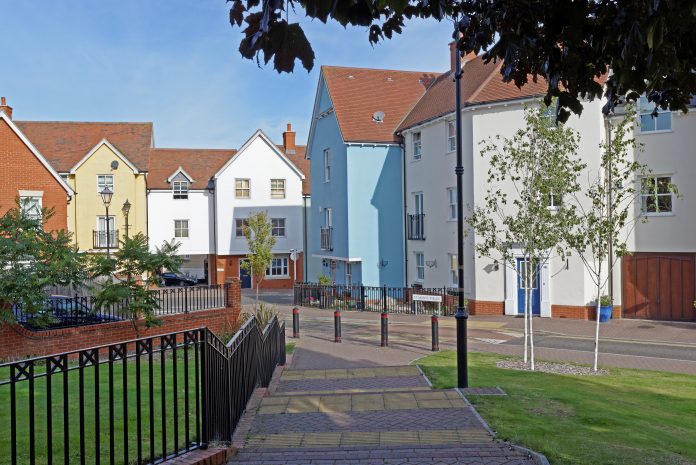The government has revealed plans to put good design and placemaking at the heart of a reformed planning system
Communities secretary Robert Jenrick said that the new planning system would champion tree-lined streets, a “fast track for beauty” and greater opportunities for communities to influence design standards in their area.
Reacting to the announcement, RTPI chief executive Victoria Hills, said: “We are delighted that the government intends to take forward many of the recommendations in the recent Building Better, Building Beautiful Commission report, which was clear about the crucial role played by the planning profession in place-making.
“We are also pleased that the National Model Design Code will be used to set out clear parameters for promoting the design and style of homes and neighbourhoods that local people want to see, resulting in standards that are embedded in planning policy.
“More broadly, the ‘infrastructure first’ approach taken throughout recognizes how crucial planning is in delivering on key housing commitments. The recognition of the need to ensure adequate funding for planning through a review of the fee structure is something we have long campaigned for and is to be welcomed.
“Overall we applaud the ambition to create a world-class planning service. We have long recognised that the expertise of UK planners is widely acclaimed internationally.”
Extension of permitted development rights concerns
However, Hills was less positive about the use of permitted development rights (PDRs) which Jenrick said would be extended by the summer to encourage councils and developers to take a more innovative approach to homebuilding.
She said: “The RTPI has long-standing concerns with the extension of permitted development rights which we feel will encourage a piecemeal, short-term approach. Extended PDRs risk poorly designed and inappropriately located housing and will make it more difficult for communities to have a say on development. It will also result in diminished developer contributions through application fees, which go towards affordable housing and infrastructure.
“One encouraging change from when these proposals were first mooted last year is that the governments says that new residential units should be ‘well-designed’ and meet natural light standards.
“I will be meeting with the Housing Minister Christopher Pincher next week and am looking forward to discussing PDRs in more detail then.”
Digitalise and simplify planning
Also commenting on the ‘Planning for the Future’ announcement, Brian Berry, chief executive of the Federation of Master Builders (FMB), said: “The current planning system is a major barrier for small housebuilders, so today’s announcement that it will be brought into the 21st century through digitisation and simplification is a victory for common sense.
“I’m pleased to learn that the secretary of state will engage particularly with small to medium-sized (SME) housebuilders to ensure the new system works for them. Key to increasing the volume and quality of new homes coming through is reversing the decline in small housebuilders.”
Berry concluded: “That the Government has also made the decision to intervene in local authorities’ plan-making processes by setting a 2023 deadline to update their local plans is helpful.
“A recent Public Accounts Committee report found that fewer than half of local authorities had an up-to-date local plan, which goes to show that inaction is hampering housing numbers.”














